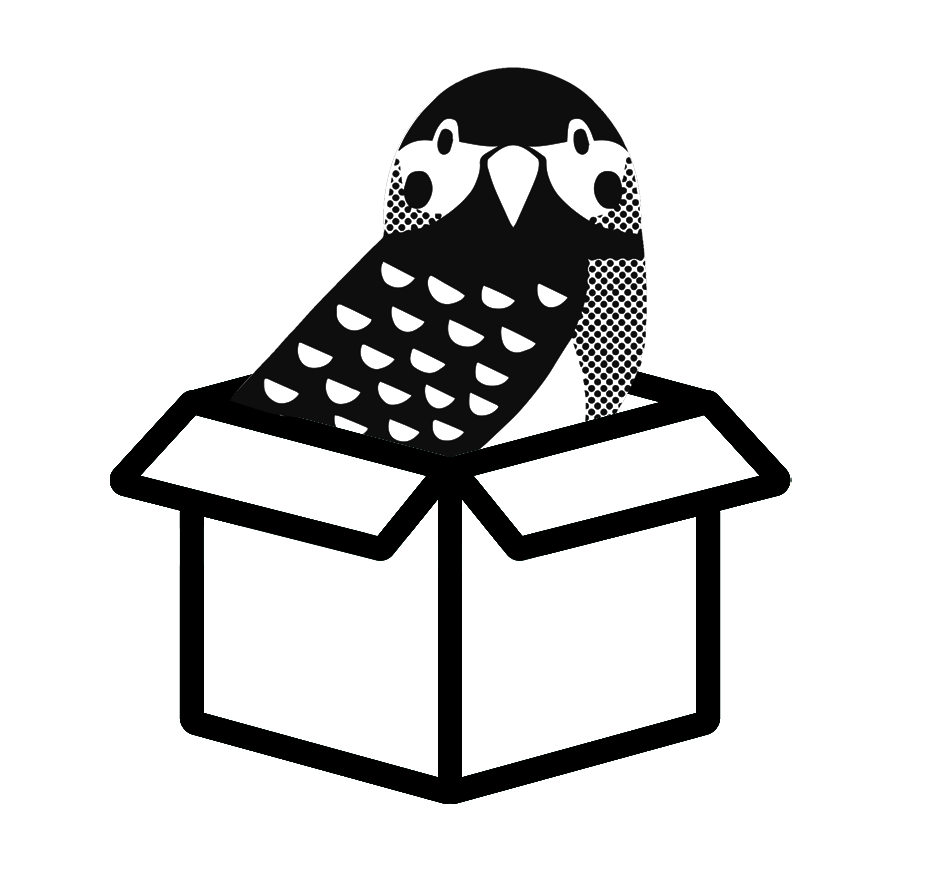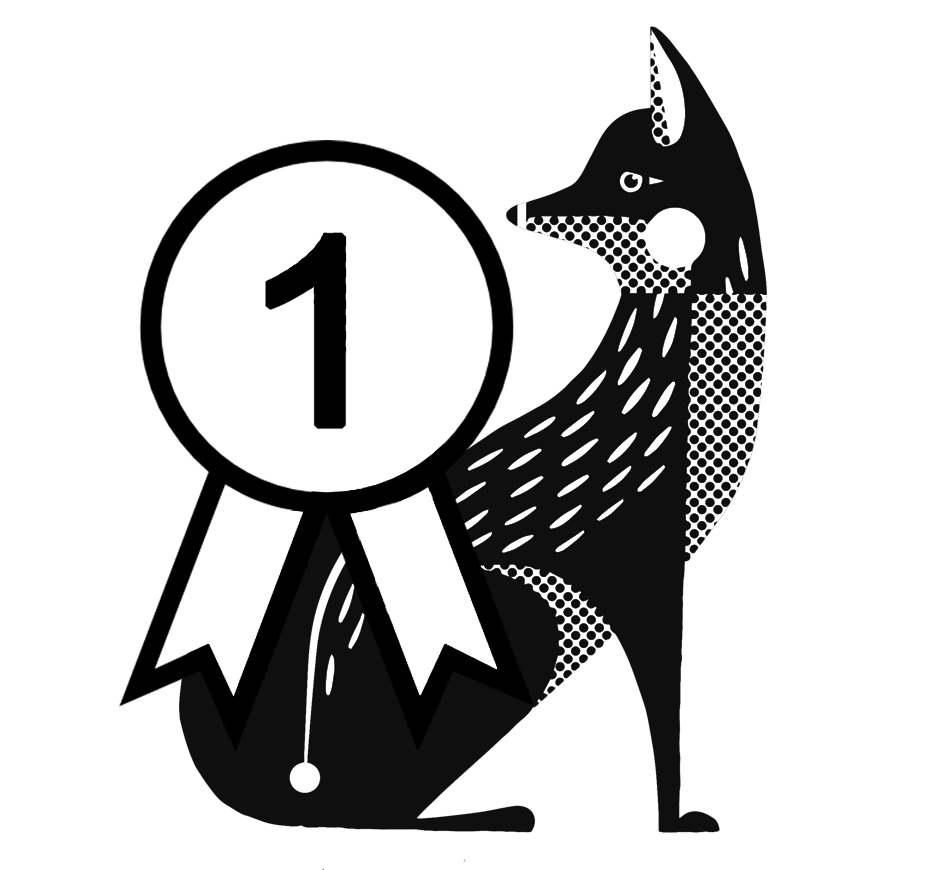A nest box can be a wonderful addition to your garden, especially if it contains some birds. To make that happen, it’s important to think about where to place yours. You’ve probably sussed that ‘under a rock’ won’t be any good, but ‘not under a rock’ covers a pretty wide area.
Fortunately, this post will narrow things down and help you work out where to put a bird box.
(If you have managed to make ‘under a rock’ work, please send us footage!)
Choose shade over sun
There’s a bit in Toy Story where Woody uses sunshine to light a firework fuse. That made us realise that sunlight is hot! The film must be a hit in the avian world, because birds have noticed too: they like their homes to have a bit of shade. But which way should a bird box face in the UK?
To keep your feathered friends comfy and cool, ensure it faces somewhere between north and east. Doing so will create a welcoming environment which also has direct health benefits. Excessive heat can hinder the growth of species like bluetits. (They’re meant to be small, but they still need to grow a bit!)
Having said that, some natural light can be a good thing. Especially if you’ve installed a camera and you want some non night-vision viewing. Let a healthy amount of sun in with a circular translucent window, or simulate sunlight with a daytime LED lamp.
Want to know more about brightening up bird boxes? Check out this post.
High or low?
You’ll need to place your bird box 1.5–5 metres from the ground, but 2 metres or more is ideal. That makes it harder for opportunistic cats to grab a snack. (It appears they didn’t hear it’s illegal to disturb/eat nesting birds…)
Got a particular visitor in mind? How high/low you place the box will affect which species are likely to move in.
|
1.5–2 metres |
Blackbirds and robins |
|
2–4 metres |
Sparrows, starlings, tits and spotted flycatchers |
|
3–5 metres |
Woodpeckers, kestrels and owls |
|
100,000+ metres |
None: you’re trying to install a bird box in space |
More tips for attracting particular birds
The type of bird box you opt for will affect its suitability for different species too.
Round hole
These are for birds of the 2–5 metre variety. (That’s the preferred height of the box, not the size of the birds!) They’re best placed where there’s a clear flight line to the entrance; an assault course to get home after a long day’s chirping would be a massive faff.
The size of the entrance hole is also important for what you attract.
|
25mm |
Blue, coal, and marsh tits |
|
28mm |
Great tits and tree sparrows |
|
32mm |
House sparrows, nuthatches and woodpeckers |
Want to cater to one of those? You can vary the hole size with our stainless steel cover plates.
Open faced
These are great for wrens, robins, kestrels and owls. If you’re placing one lower down – around 1.5–2 metres for the smaller birds – putting it among some foliage works well.
This will provide some natural protection from those sneaky neighbourhood cats and other predators. Bonus points if the foliage is thorny, because pricking prongs prevent prying paws.
Open faced boxes also need a clear flight line, so just throwing one in a bramble bush isn’t advised…
Bird box installation tips
If you’re planning to cram a hundred bird boxes into the space of a couple of square feet, we salute your enthusiasm. However, we also recommend thinking again.
It’s best to position your box a safe distance from other nests, bird feeders, or bird bath tables. This will prevent disturbances, which can make your potential occupants uneasy. Keeping at least 7.5 metres away from busy areas is ideal.
Here’s a little-known fact: nest boxes that last are better than ones that don’t. Amazing, right? Mounting your box with rust-resistant materials like galvanised wire or stainless steel screws is a good way to put this knowledge to use. A stable home that’s properly attached can be enjoyed for years.
Need some advice for cleaning a nest box between tenants? Click here.
When will birds arrive?
It may take time for birds to discover the home you’ve made for them. Just like us, they like to explore their options to find the perfect spot. The time of year plays a part too, as many species nest in early spring.
However, it’s worth putting up a bird box at any time of year; some birds nest later on. Also, seasons tend to happen again, so there’s always next year if things end up a bit quiet this time round.
If you find yourself struggling to attract residents, all is not lost. We’ve got another post with some ideas for how you can make your garden more attractive.
We hope our tips have made you eager to install your bird box. If you need to get your hands on one, have a look at our range. We’ve also got a variety of cameras so you can see what the birdies get up to when they arrive.
We love seeing your windows to the wild, so don’t forget to tag us if you share your footage online!



























